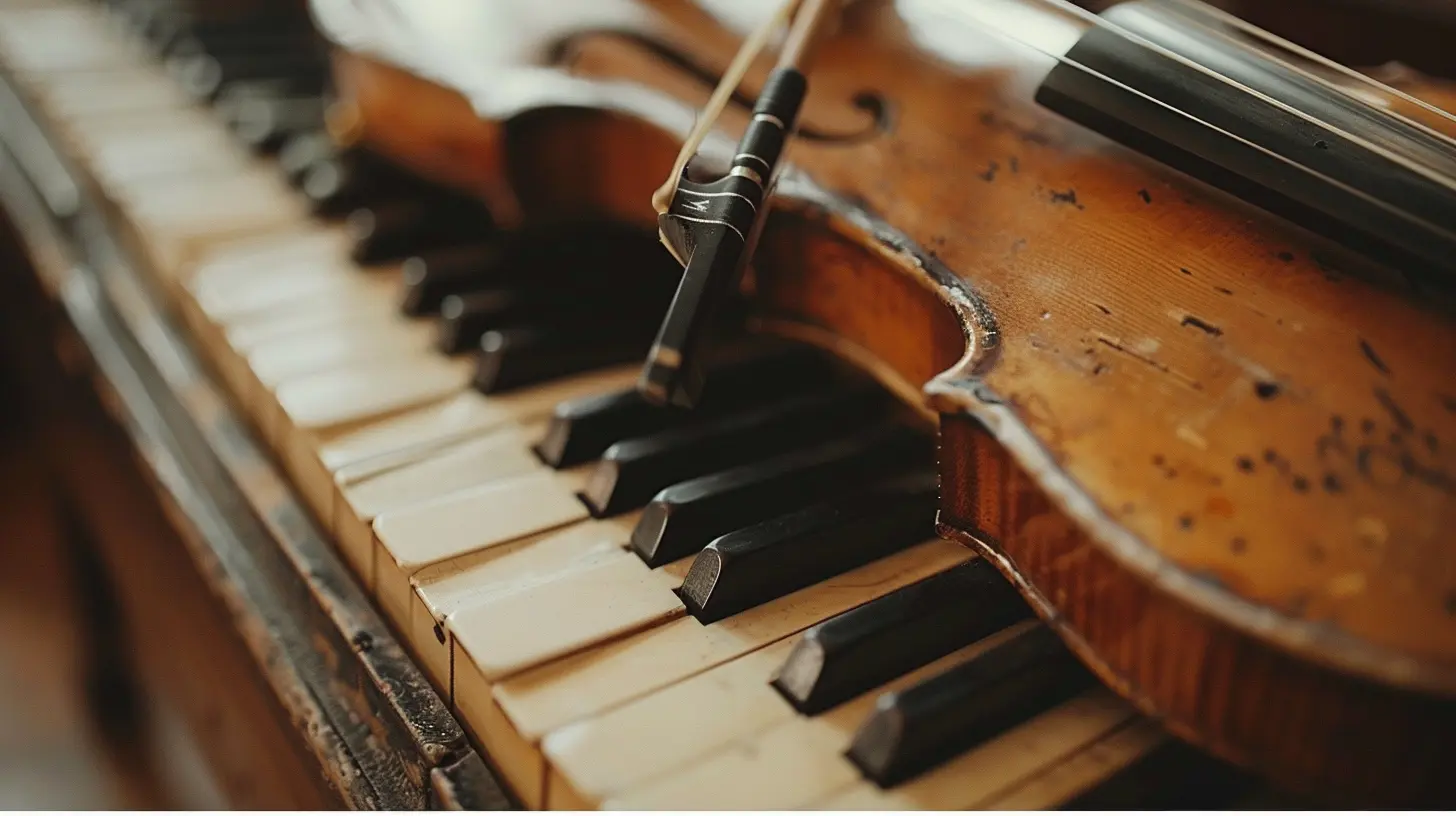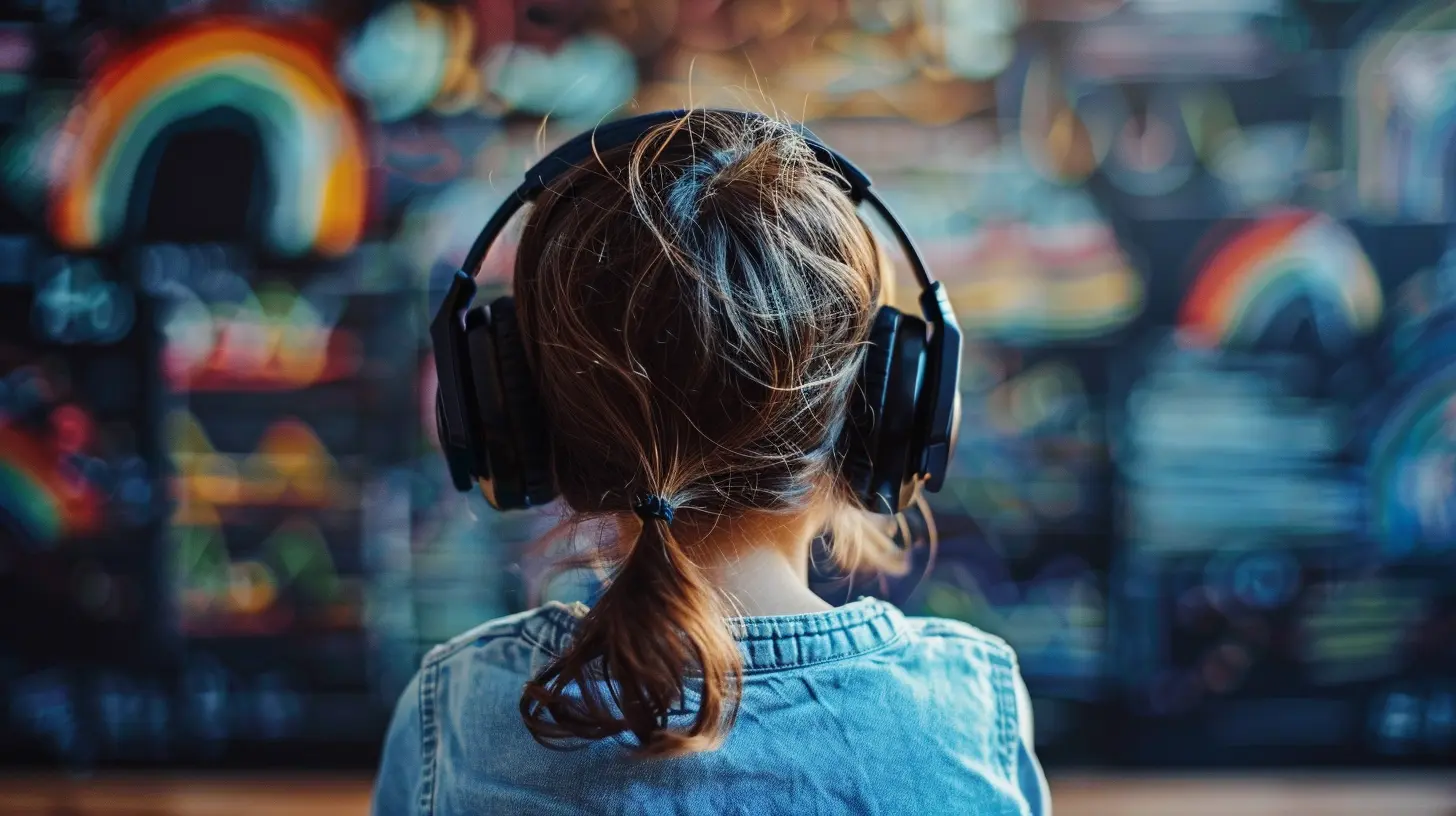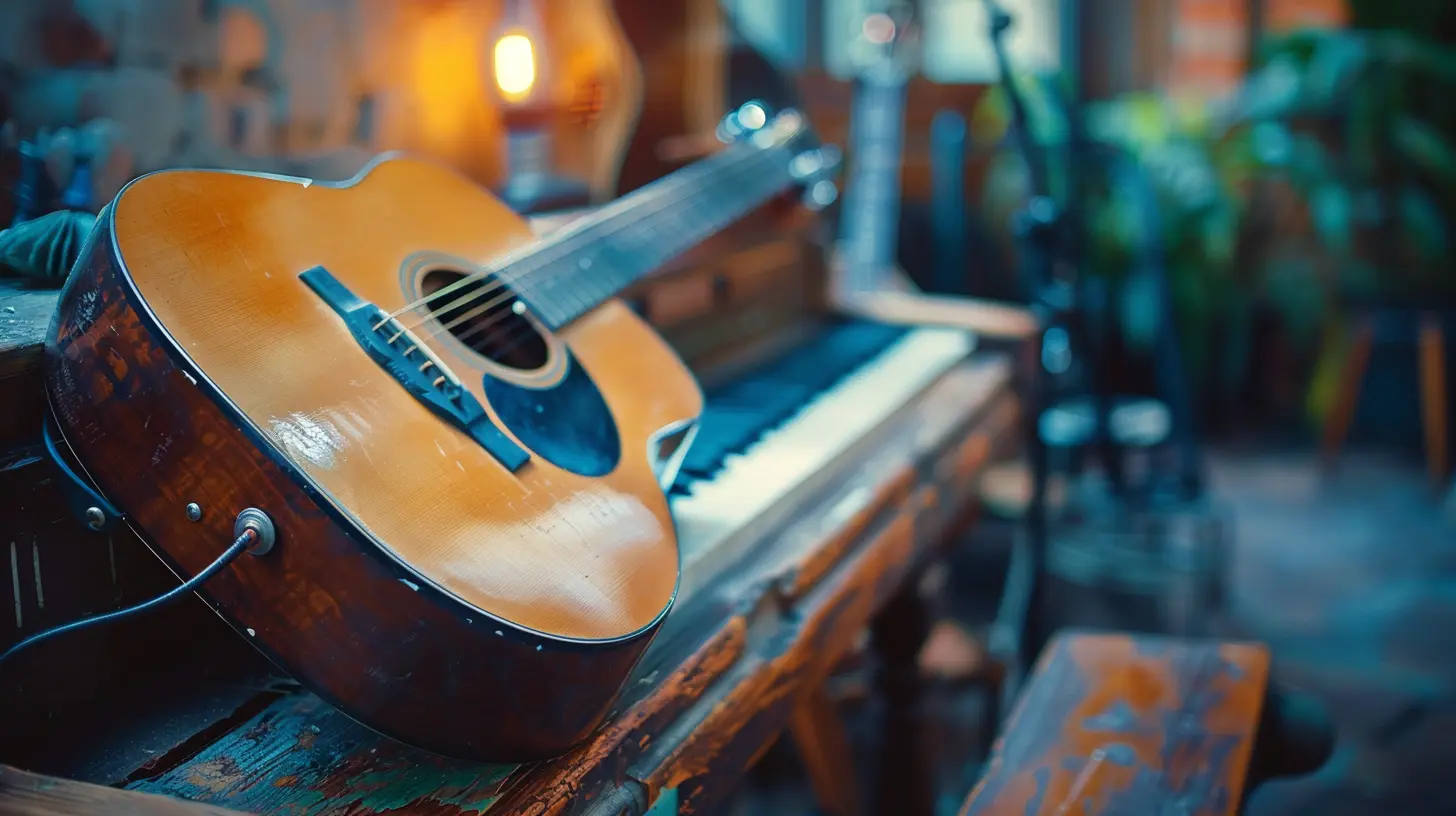8 October 2025
Have you ever watched a musician pick up an instrument and just start playing—no sheet music, no set plan—just pure, spontaneous creativity? That’s improvisation, and it’s one of the most exciting and powerful tools in music learning.
Many learners believe that music is all about memorizing notes and following strict rules. But what if I told you that stepping away from the sheet music and embracing improvisation could not only make learning music easier but also way more fun?
In this article, we’ll dive deep into why improvisation is so important in music education, how it enhances learning, and how you can incorporate it into your practice routine—even if you’re a complete beginner! 
What is Improvisation in Music?
Improvisation is the act of creating music on the spot. Unlike playing from a written score, improvising means coming up with melodies, harmonies, or rhythms in real time, often based on a musical framework or idea.Think of it like having a conversation. You don't rehearse every word before speaking; instead, you respond naturally based on context. The same goes for improvisation in music—it’s an instant musical dialogue between you and your instrument.
From jazz musicians to classical composers, improvisation has played a major role in music history. Even famous composers like Bach and Mozart were known for their ability to improvise stunning pieces right on the spot! 
Why is Improvisation Important in Music Learning?
1. Boosts Creativity and Self-Expression
One of the biggest benefits of improvisation is that it allows you to develop your own musical voice. Instead of simply executing someone else’s composition, you learn how to create music that reflects your personality and emotions.2. Improves Ear Training and Listening Skills
Improvisation forces you to listen carefully to what you're playing and how it interacts with other sounds. Over time, this sharpens your ear, making it easier to recognize melodies, harmonies, and even anticipate musical patterns.3. Builds Confidence on Your Instrument
Many musicians struggle with performance anxiety because they feel tied to sheet music. Improvising regularly helps you feel more comfortable on your instrument, reducing fear of mistakes and making you a more confident performer.4. Enhances Musical Understanding
When you improvise, you're not just playing random notes—you’re making real-time decisions about melody, harmony, and rhythm. This helps you understand music theory in a hands-on way, rather than just memorizing abstract concepts.5. Encourages Experimentation and Risk-Taking
Music isn’t meant to be played in a rigid, rule-following way. The best musicians take risks, try new ideas, and embrace mistakes as part of the learning process. Improvisation helps develop this fearless mindset.
How to Get Started with Improvisation
Alright, you’re convinced that improvisation is valuable—now what? If you've never tried it before, it might seem intimidating, but don’t worry! Here are some easy ways to ease into improvisation:1. Start with a Single Note
Improvisation doesn’t mean you have to create a masterpiece right away. Begin by picking one note and experimenting with different rhythms, dynamics, and articulations.2. Use a Simple Scale
A great way to start is by using a basic scale like the pentatonic or blues scale. These scales provide a safe framework that naturally sounds good, even if you don’t know much about music theory.3. Play Along with a Backing Track
Find a simple backing track in a key you're comfortable with and start experimenting. Try playing long notes, short notes, or simple riffs, and listen to how your playing fits with the track.4. Call and Response Practice
Have a friend or teacher play a short phrase, then try to mimic it or create a variation of your own. This technique helps train your ear and encourages musical interaction.5. Limit Yourself to a Few Notes
If using a full scale feels overwhelming, limit yourself to just three or four notes. This forces you to focus on rhythm and phrasing rather than worrying too much about note choices.
Common Improvisation Mistakes (And How to Avoid Them)
1. Thinking You Need to Be "Good" at Improvisation Right Away
Improvisation is a skill like any other—it improves with practice. Everyone starts somewhere, so don’t get discouraged if your first attempts don’t sound amazing.2. Playing Too Many Notes
Less is often more in improvisation. Instead of trying to cram in as many notes as possible, focus on making every note count. Space and silence are just as important as sound.3. Ignoring Rhythm
Many beginners focus too much on choosing the right notes and forget about rhythm. Try tapping along to a beat while you play, and experiment with different rhythmic patterns.4. Overthinking Everything
Improvisation should feel natural, not forced. If you find yourself overanalyzing every note, take a step back and just play what feels right in the moment.Improvisation Across Different Music Genres
One of the coolest things about improvisation is that it’s found in nearly every musical genre. Let’s take a look at how different styles embrace improvisation:Jazz
Jazz and improvisation go hand in hand. In fact, improvising is one of the core elements of jazz music! Musicians take turns creating spontaneous solos while maintaining the feel of the song.Blues
Blues improvisation often follows a simple 12-bar structure, allowing musicians to experiment freely within a familiar framework. Many rock and jazz musicians borrow blues improvisation techniques in their playing.Classical Music
Believe it or not, classical musicians used to improvise a lot! In the Baroque period, musicians would often embellish melodies or create variations on the spot. Even today, some classical performers incorporate improvisation into their interpretations.Rock and Pop
Guitar solos in rock music are a great example of improvisation. Many famous solos were originally improvised in the studio before becoming iconic parts of songs.World and Folk Music
Improvisation is a major element in many traditional music styles around the world, from Indian classical music to flamenco guitar and African drumming.Final Thoughts: Embrace the Freedom of Improvisation
Learning to improvise might seem daunting at first, but it’s one of the most rewarding skills you can develop as a musician. It frees you from rigid rules, unlocks creativity, and makes playing music feel more like a conversation than a recitation.So don’t be afraid to experiment! Start small, make mistakes, and most importantly—have fun with it. After all, music is meant to be an expressive, personal journey, and improvisation is one of the best ways to make it truly your own.








Giselle McGee
Embrace the unexpected! Improvisation adds joy and creativity to music learning—let your imagination take the lead!
November 5, 2025 at 11:57 AM